Description
WW2 Panzerfaust 30 Anti-Tank Launcher.
WW2 Panzerfaust 30: A Compact Anti-Tank Weapon
The Panzerfaust 30 was a German-made, single-shot, shoulder-fired anti-tank weapon developed during World War II. Introduced in 1943, this portable anti-tank launcher was designed for close combat and was effective against Allied armoured vehicles, particularly tanks and armoured fighting vehicles.
Weighing only around 3.5 kg (7.7 lbs), the Panzerfaust 30 was lightweight and easy to operate, making it ideal for infantry units. The weapon featured a 30mm calibre reusable launcher and a high-explosive anti-tank (HEAT) warhead, capable of penetrating up to 200mm of armour, depending on the distance from the target. The Panzerfaust 30’s simplicity allowed soldiers to use it without extensive training, giving German forces a significant edge in combat.
Its effective range was around 60 metres (200 feet), with a maximum range of 150 metres (500 feet), and the warhead’s design enabled it to destroy or disable heavily armoured targets upon impact. The weapon’s straightforward design and low cost made it a popular choice among German soldiers, as it could be mass-produced quickly and issued to military units with limited resources.
The Panzerfaust 30 was later replaced by improved models, such as the Panzerfaust 60 and Panzerfaust 100, which offered better range and more powerful warheads. Despite this, the Panzerfaust 30 remains an iconic symbol of World War II German infantry tactics and is still studied by military historians for its effectiveness and design.
Key features of the WW2 Panzerfaust 30 include:
- Lightweight and compact for ease of use in close combat
- Effective against tanks and armoured vehicles
- High-explosive anti-tank warhead (HEAT)
- Simple operation with minimal training
- Affordable production costs for mass deployment
The Panzerfaust 30 is a crucial part of the history of German weaponry in World War II and has influenced the development of modern anti-tank weapons.
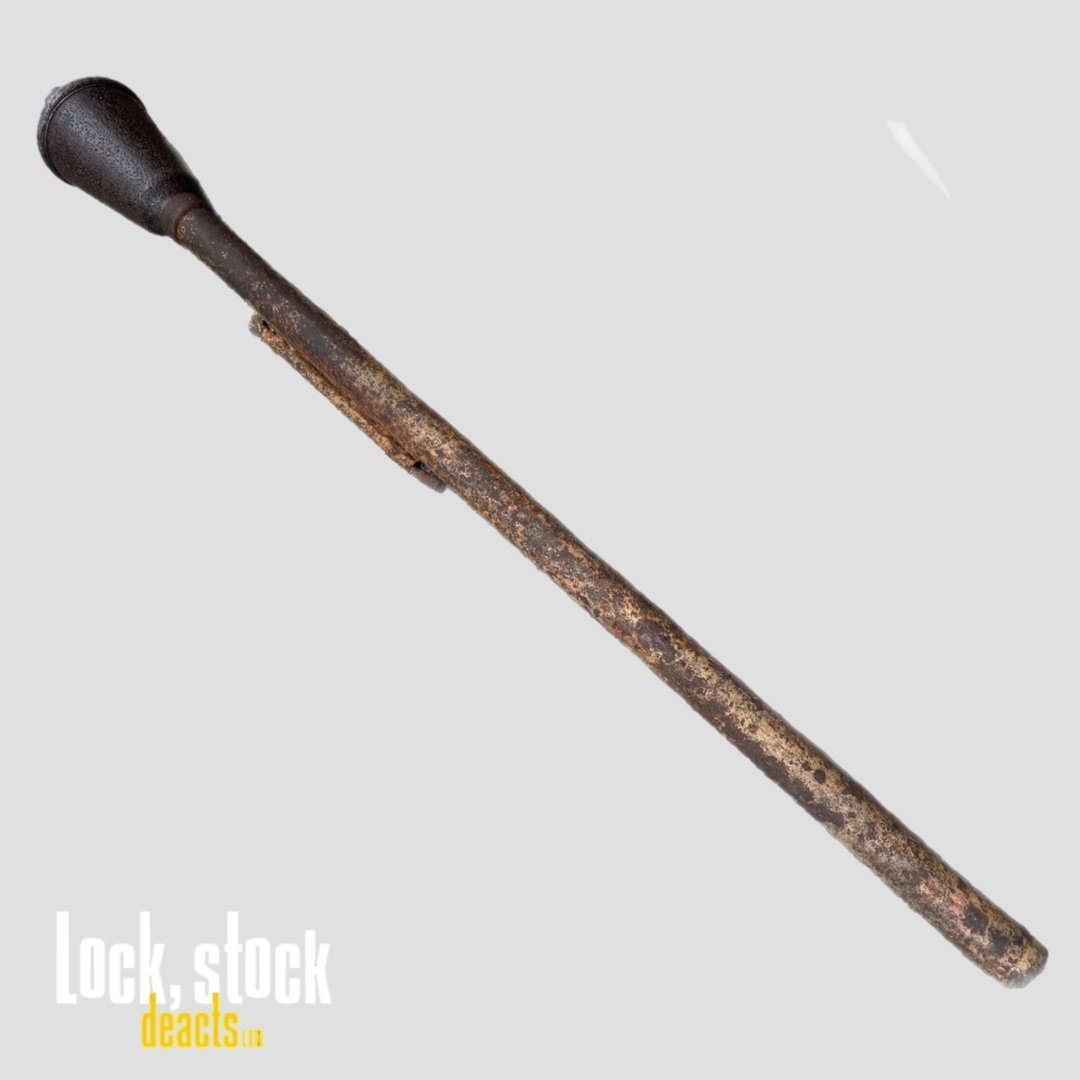
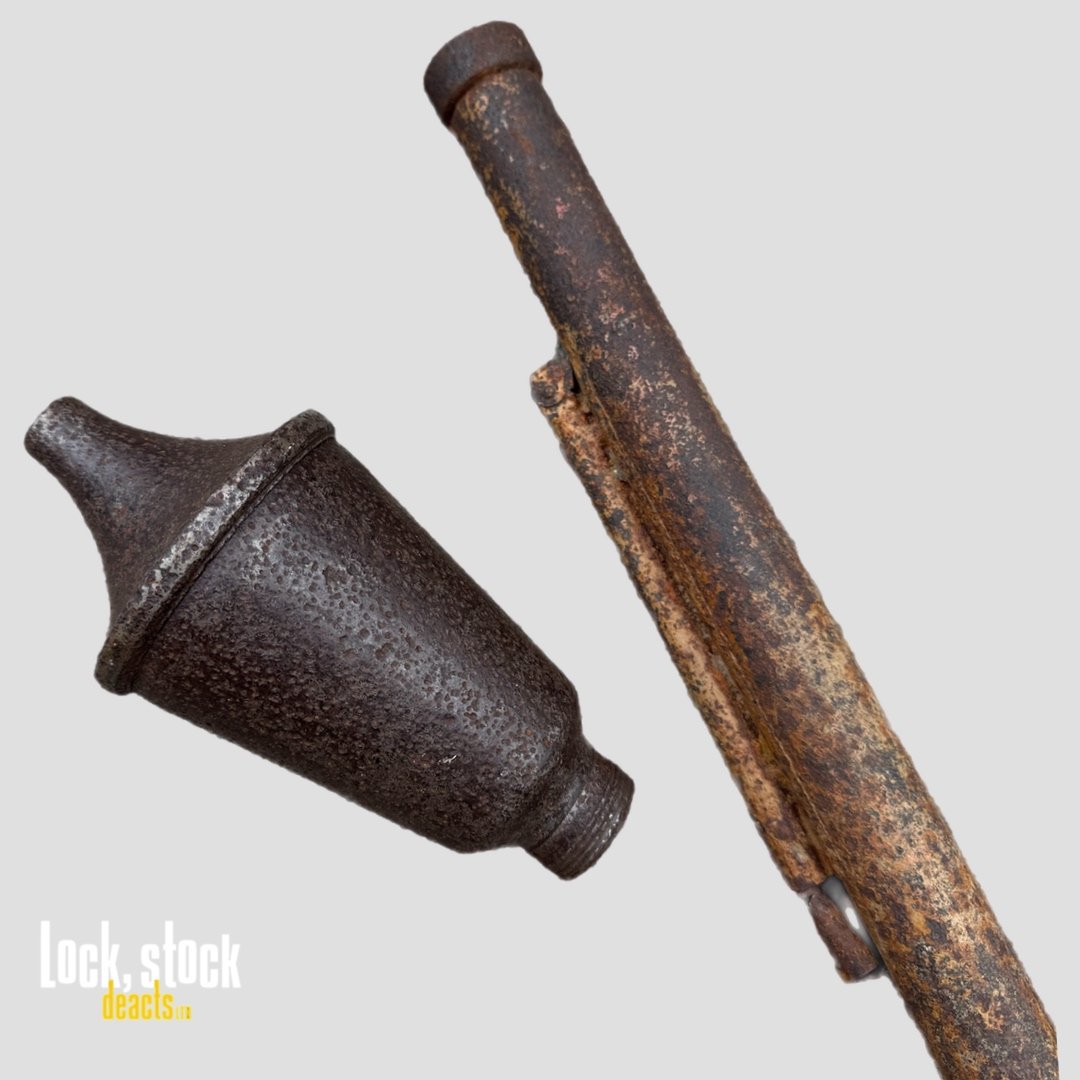
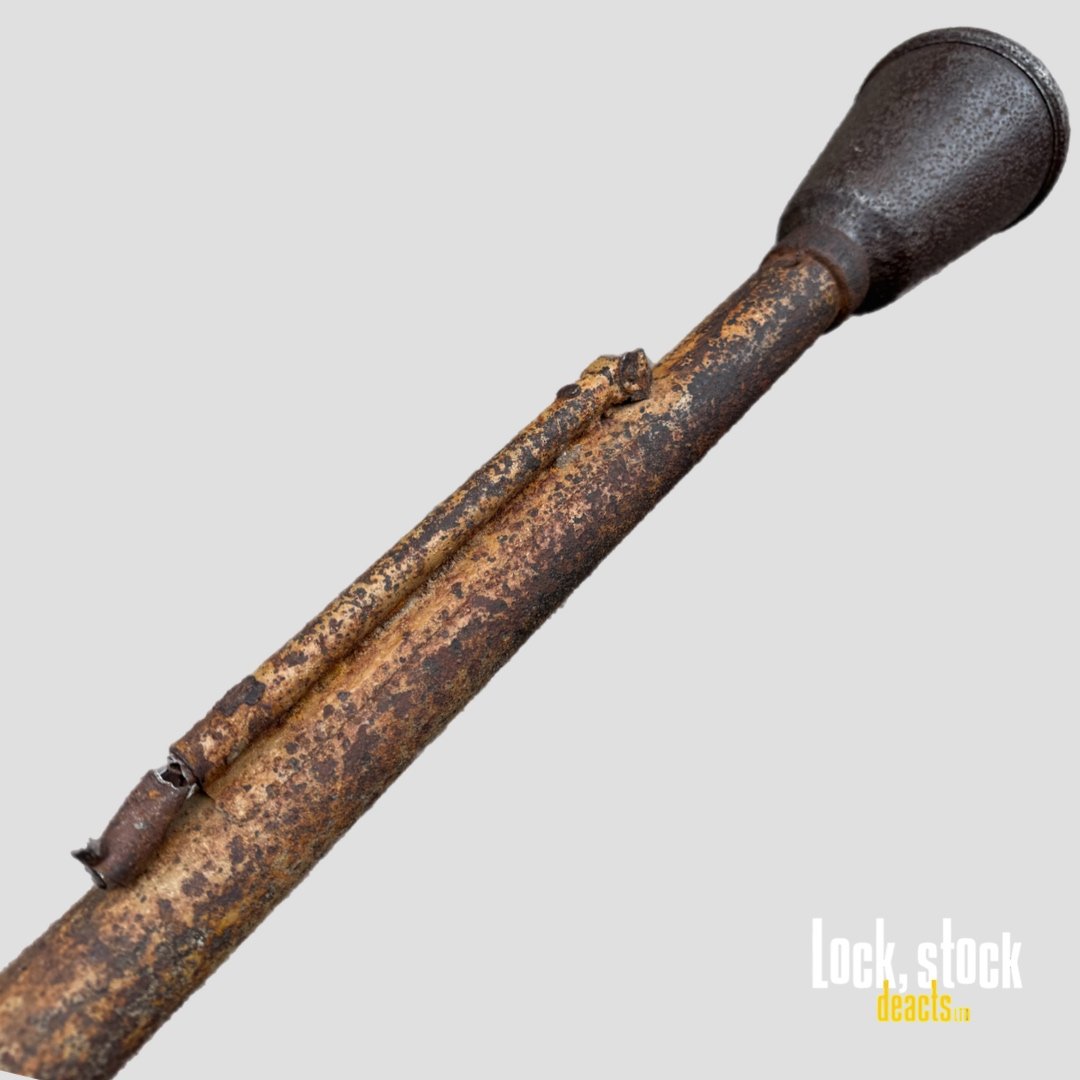
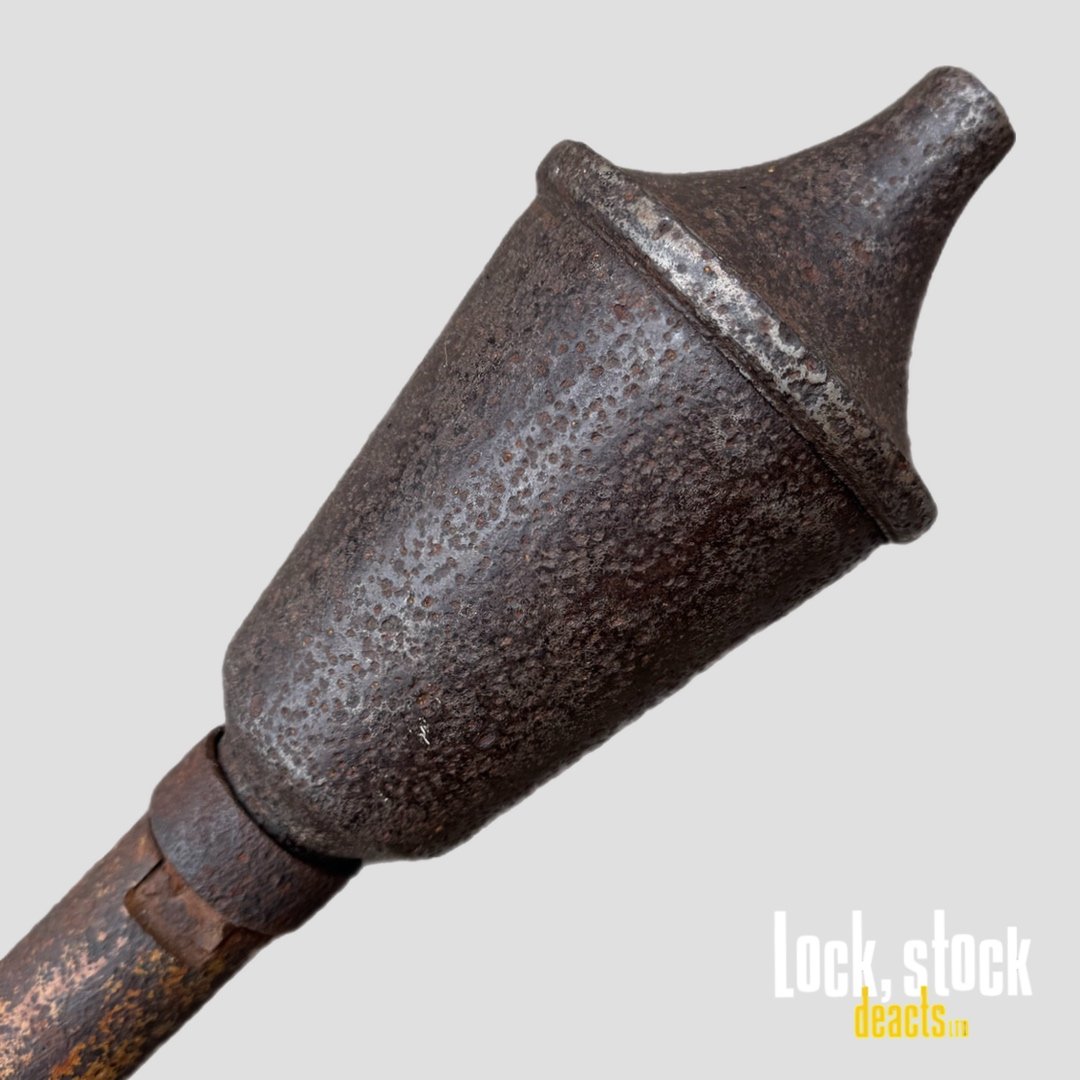
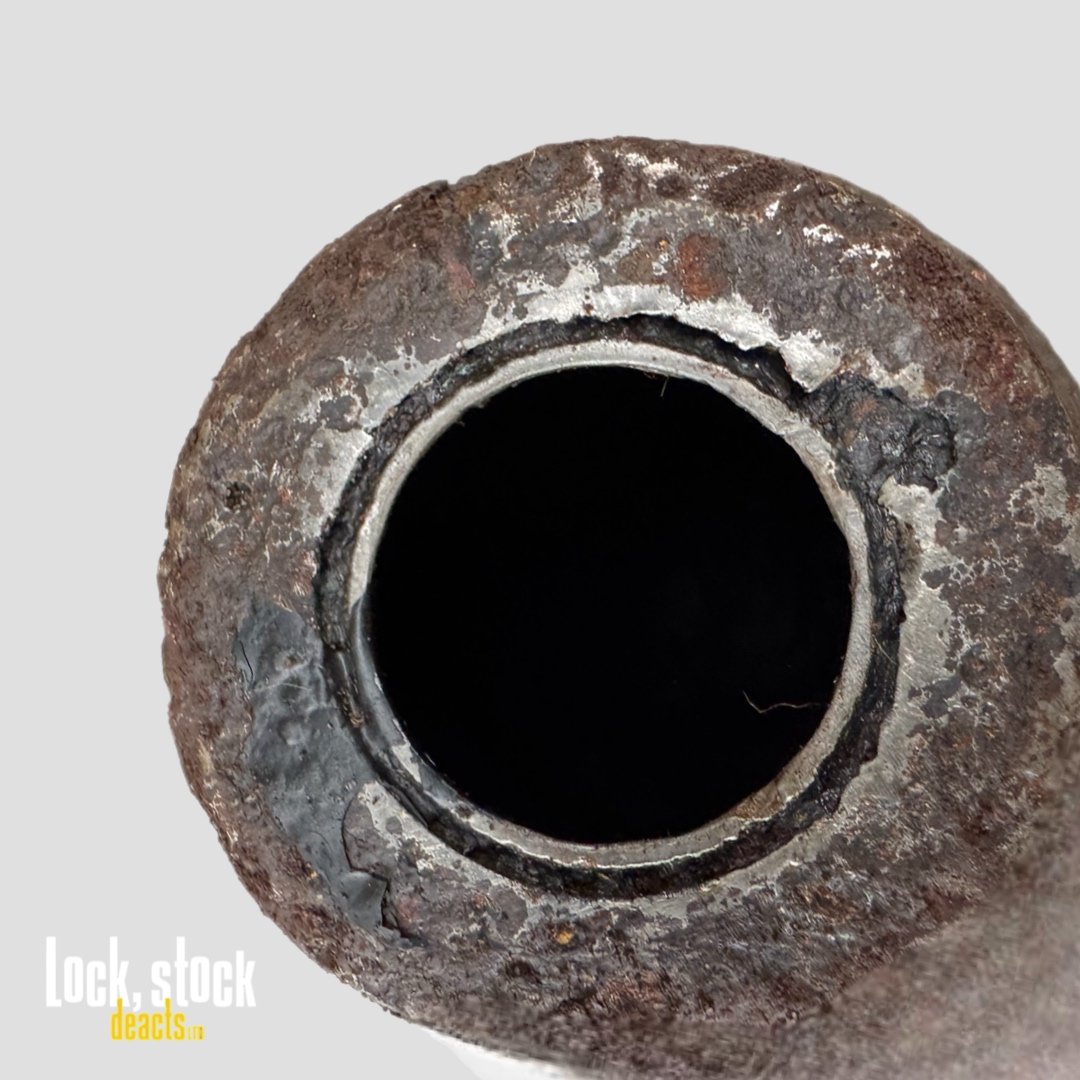

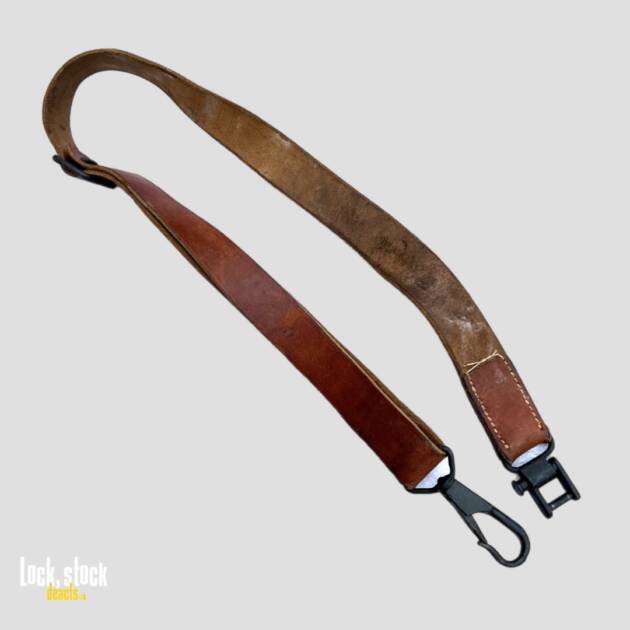

Reviews
There are no reviews yet.